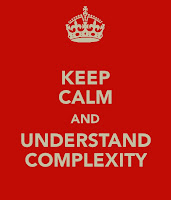Dijkstra, tools and version control systems

“The tools we use have a profound (and devious!) influence on our thinking habits, and, therefore, on our thinking abilities. ”, Edsger W.Dijkstra ...or in other words... "If you already have a hammer, it is very tempting to treat everything as a nail" My views on using electronic tracking tools are already fairly well known . But another area that creates a huge impact is the choice of version control system. Using the right software will help your project deliver quickly and efficiently. Choose the wrong one, and the project will be nobbled by unnecessary, damaging and sometimes downright dangerous processes and maintenance overheads right from the start. In order to avoid the trap highlighted by Dijkstra, it is essential to match the tool to the way you develop and not the other way around . Let’s consider a fairly typical, highly productive and successful team. In my experience they tend to follow a fairly well defined pattern of working:...




